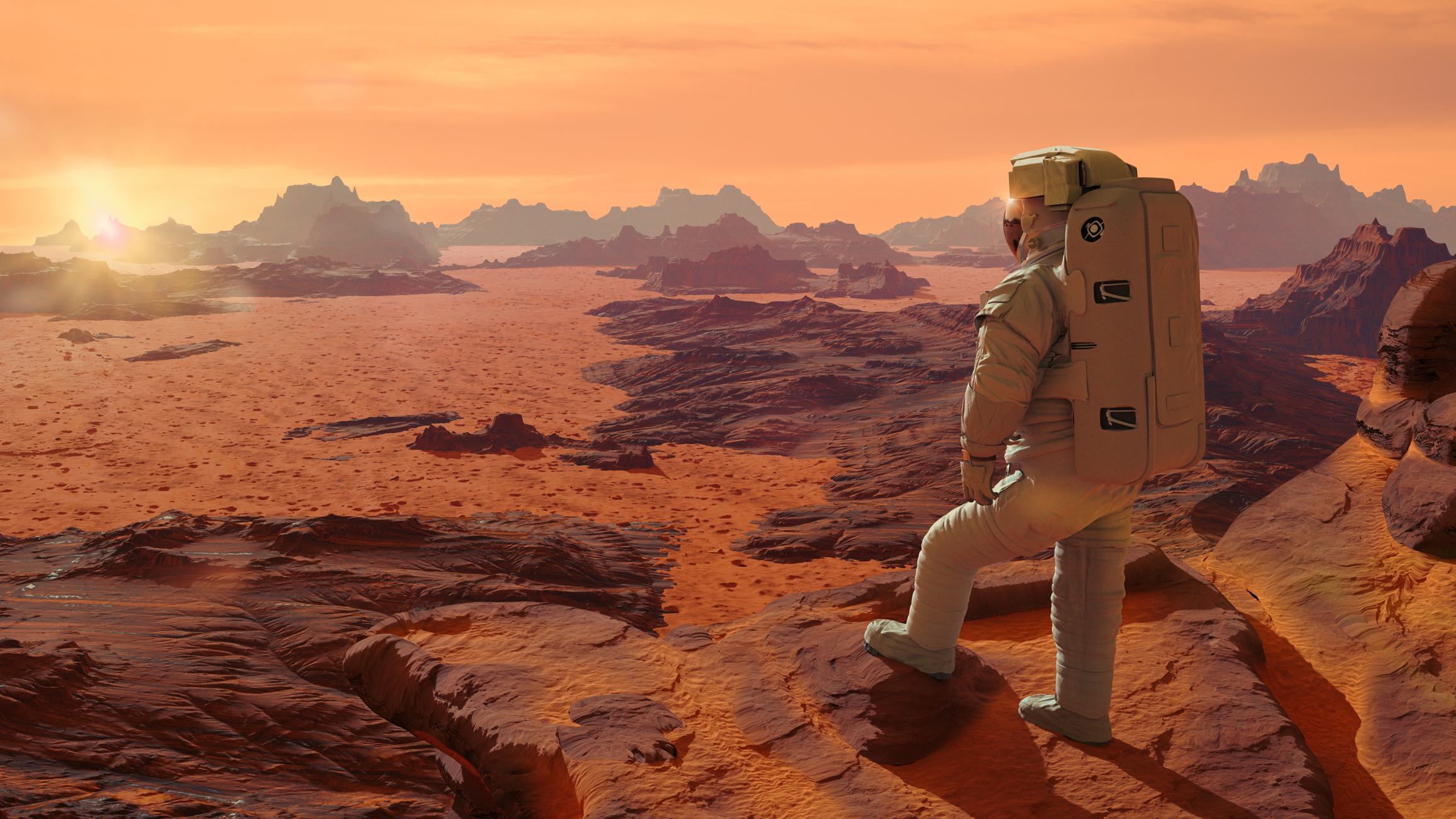The idea of humans living on Mars has captured the imagination of scientists and the general public alike. While it is an exciting prospect, there are many challenges that must be overcome in order for us to successfully live on the red planet. In this blog, we will explore some of the key challenges of living on Mars and the solutions that have been proposed.
Atmosphere and Climate:
One of the biggest challenges of living on Mars is the planet's atmosphere and climate. Mars has a thin atmosphere that is primarily composed of carbon dioxide. This means that the planet is very cold and has a harsh, barren landscape. In addition, Mars experiences extreme temperature fluctuations, which can make it difficult to maintain a comfortable living environment.
To address this challenge, scientists have proposed several solutions. One approach is to build habitats that are designed to withstand the extreme temperatures and protect humans from the harsh environment. These habitats could be built underground or partially buried in the ground to provide insulation.
Another solution is to terraform Mars, which would involve changing the planet's atmosphere and climate to make it more hospitable for humans. This would be a long-term project, but it could potentially create a more Earth-like environment on the planet.
Food and Water:
Another challenge of living on Mars is the lack of food and water. Mars is a barren planet with no liquid water on its surface, and growing crops on the planet would be difficult due to the harsh environment.
To address this challenge, scientists are exploring the possibility of growing food using hydroponic systems. These systems would use nutrient-rich water instead of soil, and plants would be grown indoors in controlled environments. This would allow humans to grow their own food on the planet, reducing the need to transport food from Earth.
In addition, scientists are exploring ways to extract water from the Martian soil and ice caps. This would provide a source of water for human consumption and for growing crops.
Radiation:
Another challenge of living on Mars is the high levels of radiation on the planet. Mars has a thin atmosphere and no magnetic field, which means that the planet is not protected from the solar wind and cosmic radiation.
To address this challenge, scientists are exploring several solutions. One approach is to build habitats that are shielded from radiation, such as underground structures or structures built with radiation-absorbing materials.
Another solution is to develop advanced radiation shielding technologies that could protect humans from radiation exposure. This could include materials that are designed to absorb or deflect radiation.
Healthcare:
Living on Mars poses unique healthcare challenges due to the harsh environment and the distance from Earth. Medical emergencies could potentially be life-threatening, and it may be difficult to transport injured or sick individuals back to Earth.
To address this challenge, scientists are exploring ways to provide medical care on Mars. This could include developing advanced medical technologies, such as 3D printing of medical equipment or telemedicine systems that allow doctors on Earth to remotely diagnose and treat patients on Mars.
In addition, scientists are exploring ways to train astronauts in advanced medical procedures, so that they can provide medical care to their fellow crew members in emergency situations.
Conclusion:
In conclusion, while living on Mars presents many challenges, there are also many potential solutions. From building radiation-shielded habitats to growing food using hydroponic systems, scientists are working to develop technologies that will allow humans to survive and thrive on the red planet. With continued research and development, we may one day be able to establish a permanent human settlement on Mars.

